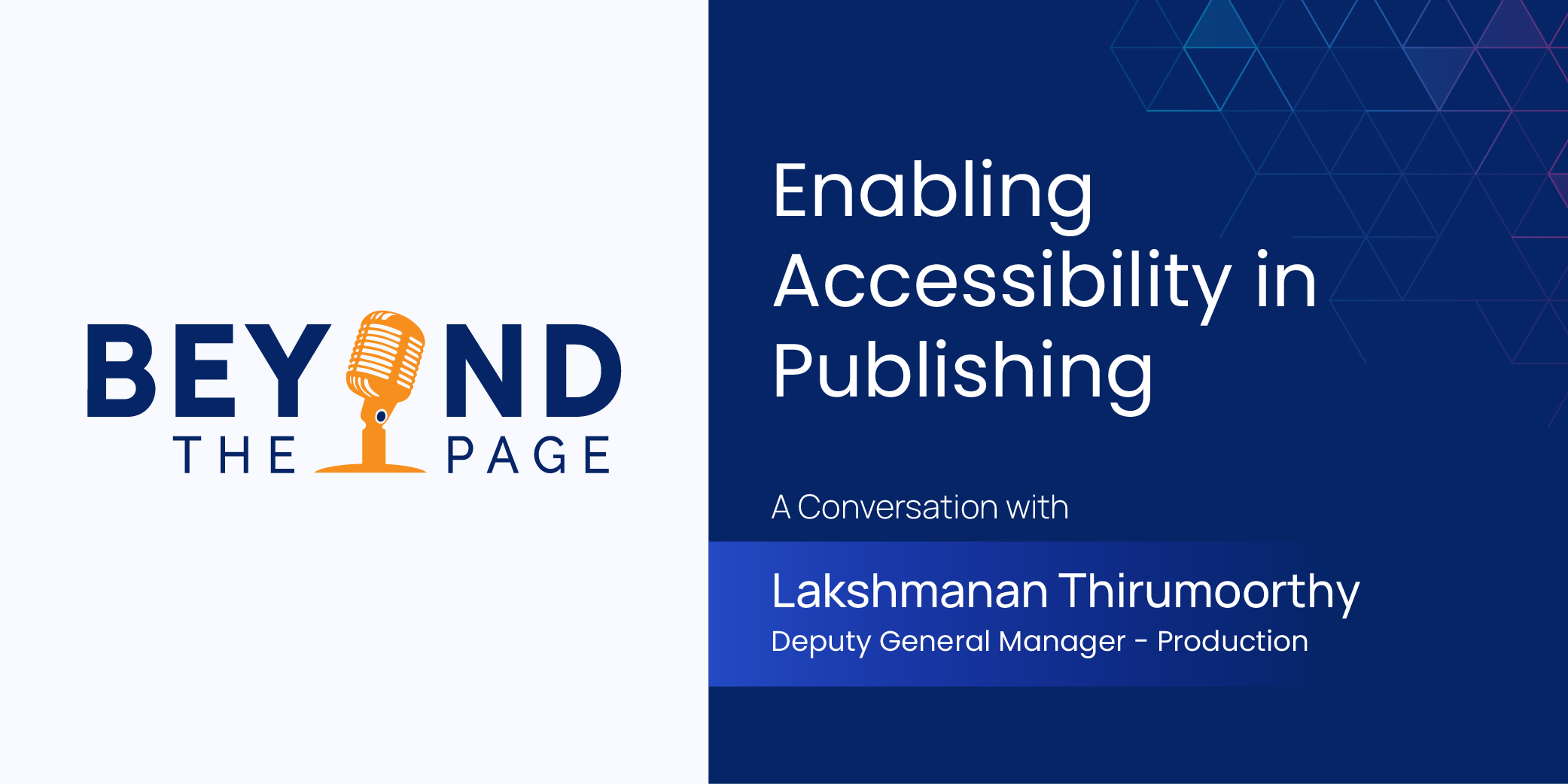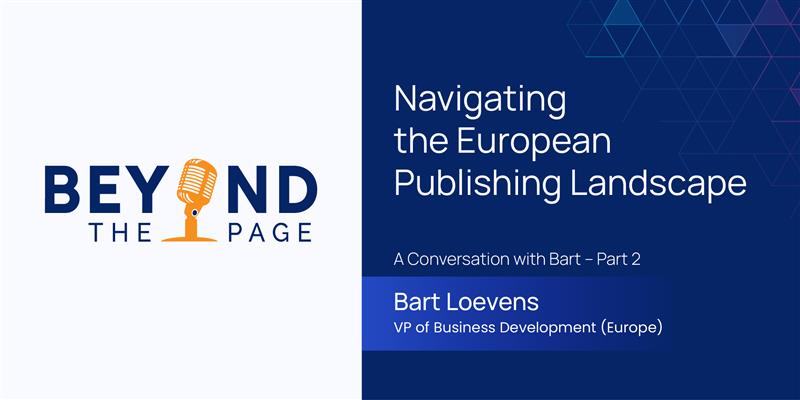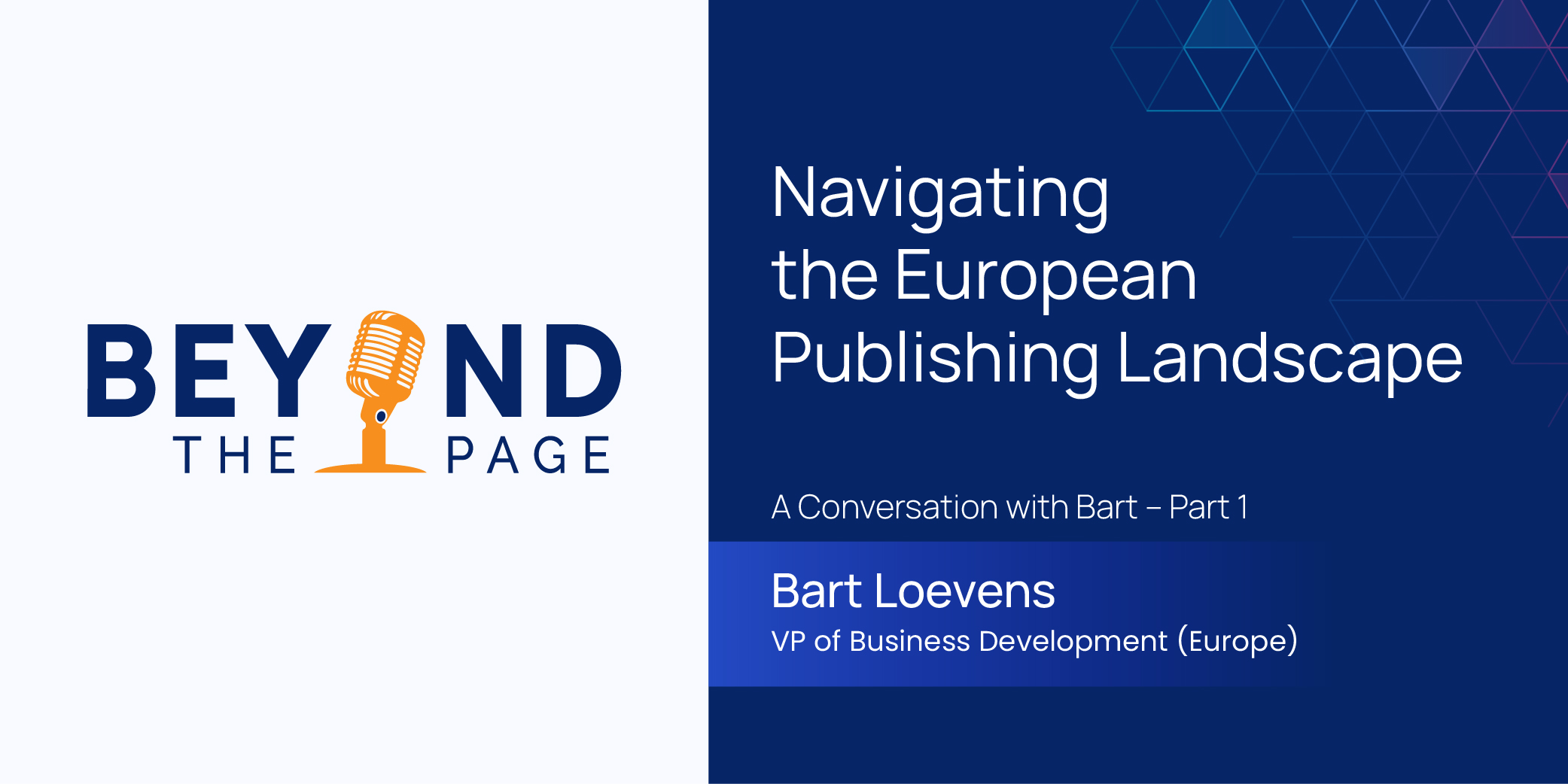
The World Economic Forum states that technological advancements will significantly transform 1.1 billion jobs by 2030. This has made business owners, chief learning officers, online learning providers, labor unions, NGOs, education practitioners, and philanthropic organizations recognize the need for upskilling and reskilling their workforce. It is paramount to empower the global talent pool for the jobs of the future. Most importantly, motivation and engagement are essential to future-proof the workforce. Organizations of all types have long been leveraging advanced enterprise learning management systems (enterprise LMSs), equipped with tools to optimize continued learning.
Most Pressing Skill Gaps Today
As per a McKinsey report, the most pronounced skill gaps that need to be filled are:
- Leadership and decision-making
- Technology change management
- Talent management
- Risk management
- Research and development
These are not straightforward, hard skills. They require sophisticated training methodologies. Since repetitive and routine tasks are increasingly being automated and taken care of by technological infrastructure without human intervention, the demand for such soft skills has risen significantly. The process and goals of people development also need to be redefined to bridge the skill gaps introduced by the transformation in business operations.
Explore How LMSs Facilitate In
Bridging These Skill Gaps
People development initiatives are increasingly becoming a distinguishing factor for employers to attract, advance, and retain talent. Execution, measurement, and evolution of those initiatives are the most common challenges modern LMSs help address.
Democratizing Learning
As the “anytime, anywhere” culture strengthens its roots, enabling self-driven learning is becoming increasingly critical. Ensuring that employees can learn according to their job role and areas that need improvement at their own pace, on-demand, is the need of the hour. Cloud-based LMSs facilitate this. They are accessible across devices and in downloadable lesson formats as well. The time-zone and geographical independence facilitates learner-centered access.
Catching Up with Industry Growth
The accelerating evolution of businesses necessitates the alignment of learning pace and direction with short- and long-term business goals. This requires anticipating future needs and identifying transferable skills to upskill and reskill employees accordingly. Modern LMSs are highly adaptable to dynamic organizational needs. Using data about business goals and existing employee skill pool, they can help decision-makers in defining unique learning journeys to make the team future-ready.
How an Enterprise LMS Can Transform Employee Education
Technology has transformed almost all business functions, including employee education. Deeper penetration of AI-powered automation has rendered traditional enterprise learning management systems obsolete, and cloud-based LMSs are replacing them to help businesses accelerate people development. These LMSs help in multiple ways:
- Since every individual has a different skill set, customizing education according to their learning goals can save time and effort.
- The competency mapping facilities on the LMS help businesses identify existing and required competencies. In addition, AI-powered analytics suggest relevant training programs based on employee growth targets and business requirements. This is extremely helpful in identifying and closing skill gaps. Further, GDPR-based security and multilingual education drives the global success of the skilling program.
- Advanced corporate learning management systems facilitate collaborative and adaptive learning. This helps simultaneously address team and individual learning needs. LMSs equipped with discussion forums, chat groups, and virtual live education sessions make multi-dimensional learning convenient. Cross-mapping skills and performing comparisons with industry standards allow decision makers to tweak learning goals and adapt the LMS to the changing business needs. Also, predictive analytics capabilities help the organization with succession planning and long-term talent management.
- Finally, personalized assessments make grasping learner progress easier, while visual reporting simplifies monitoring learner and training efficacy. This helps unleash the full potential of the LMS to deliver quality education, foster a culture of improvement, and measure the success rate.
If you are looking for a cutting-edge LMS for upskilling your workforce, a cloud-based LMS powered by AI/ML is the best solution to bridge skill gaps without worrying about time and space limitations. Partnering with an enterprise LMS provider helps businesses unleash the full potential of technology to drive skill development for the future. Integra’s SkillPilot can take care of all your employee upskilling and reskilling needs at scale, cost effectively. Contact us now to learn more about embedding a culture of continuous learning via our corporate learning management system.
News & Insights

Enabling Accessibility in Scholarly Publishing – A Conversation with Lakshmanan Thirumoorthy

Navigating the European Publishing Landscape – A Conversation with Bart – Part 2

